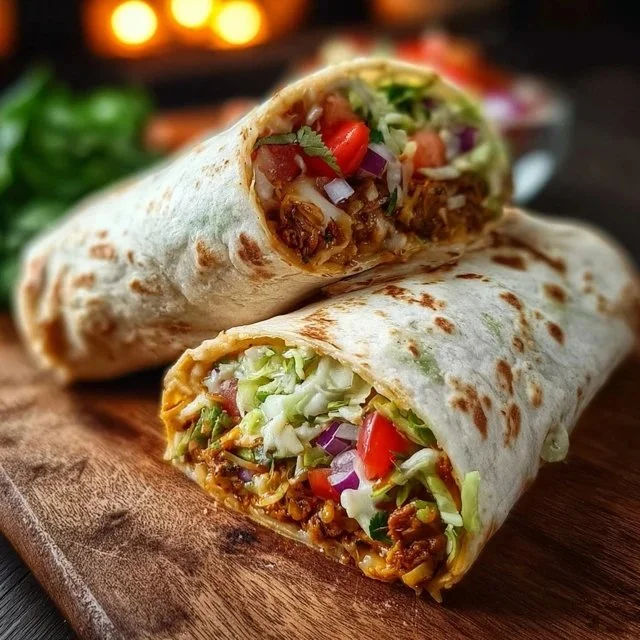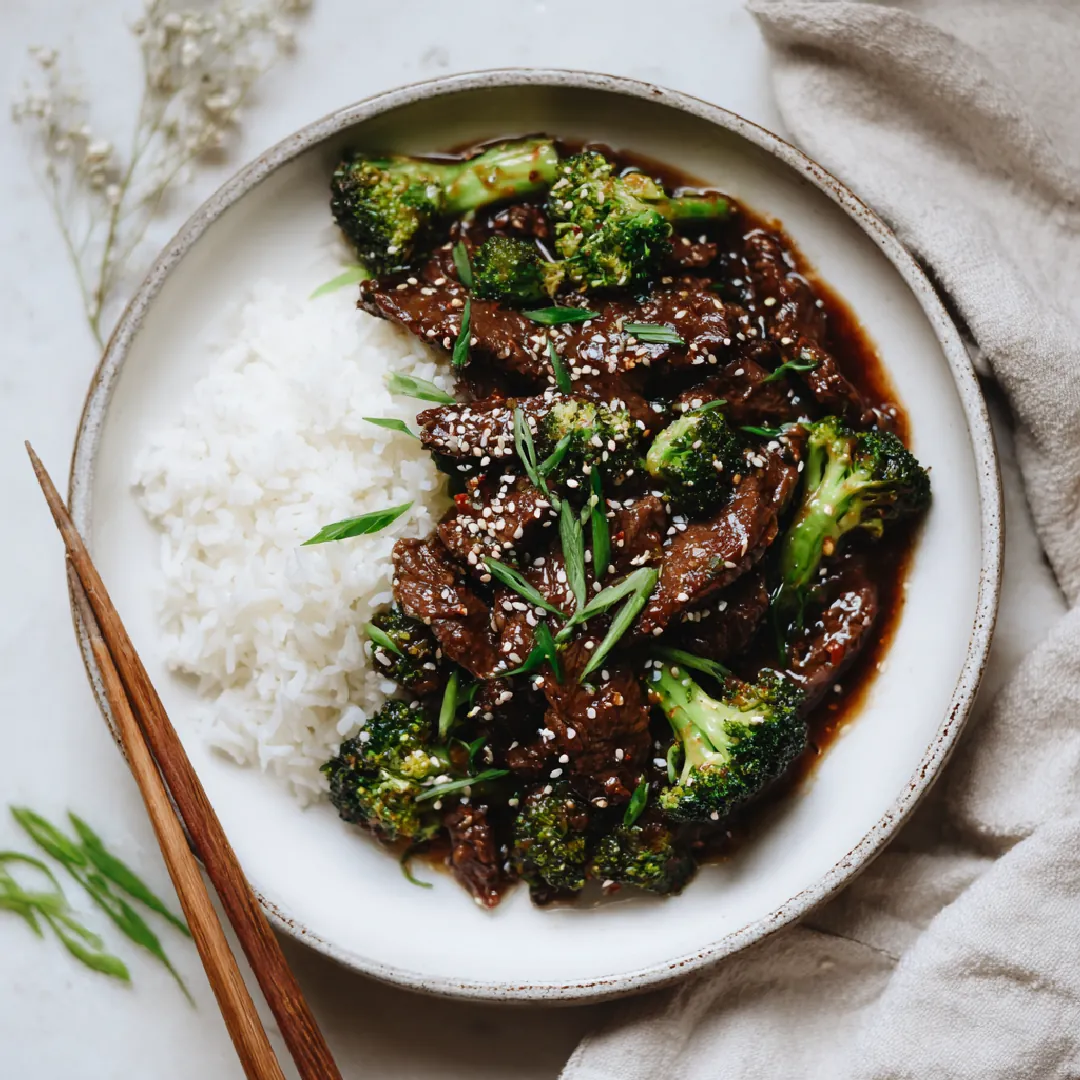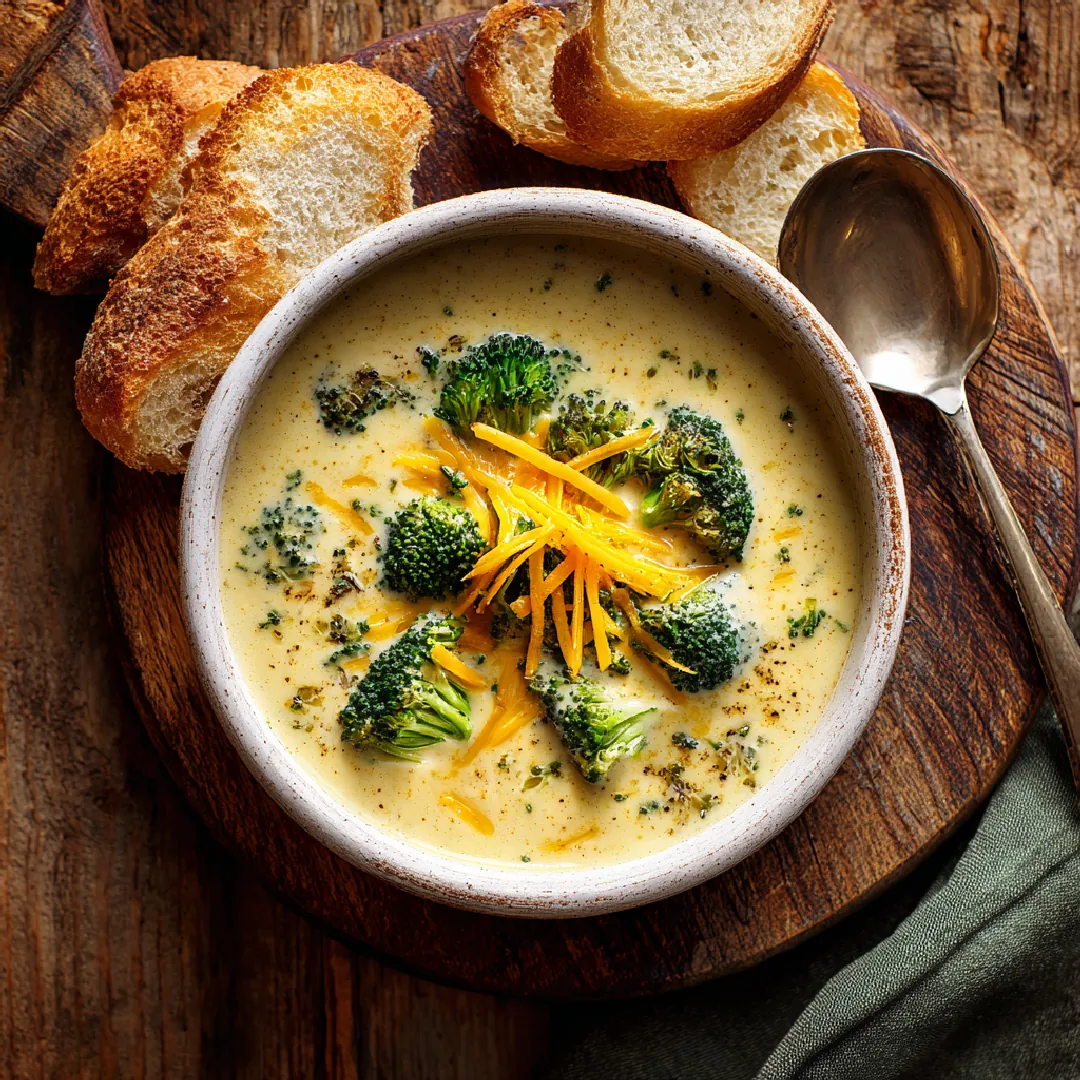Table of Contents
Introduction to the Challenges of Cooking Fish
Cooking fish is often seen as a test of culinary skill. While it may seem simple—season it, cook it, and serve it—there’s far more to the art than meets the eye. Unlike sturdy meats like chicken or beef, fish is delicate and unforgiving. Overcook it by even a minute, and it turns into a dry, rubbery mess. Undercook it, and you might end up with a mushy, unappetizing dish. So, what makes fish so tricky to prepare, and which fish are the most challenging to cook?
If you’ve ever felt defeated by a tough fillet of monkfish or stressed over achieving the perfect sear on tuna, you’re not alone. The hardest fish to cook test your patience, precision, and attention to detail like no other food. But here’s the good news: you’re about to master them!
Let’s dive into why fish is often a culinary challenge and uncover the most difficult ones to handle in the kitchen. Ready to tackle the tough stuff? 🎣
Why is Fish Considered Difficult to Cook?
At first glance, cooking fish looks deceptively simple. However, those who’ve tried and failed know it’s one of the trickiest proteins to master. Why? The answer lies in its unique structure and composition.
Unlike beef or pork, fish is composed of shorter muscle fibers and less connective tissue. This gives it its soft, flaky texture but also makes it extremely sensitive to heat. A few extra seconds on the grill or stove can push a perfectly cooked fish straight into disaster territory.
Let’s break it down further:
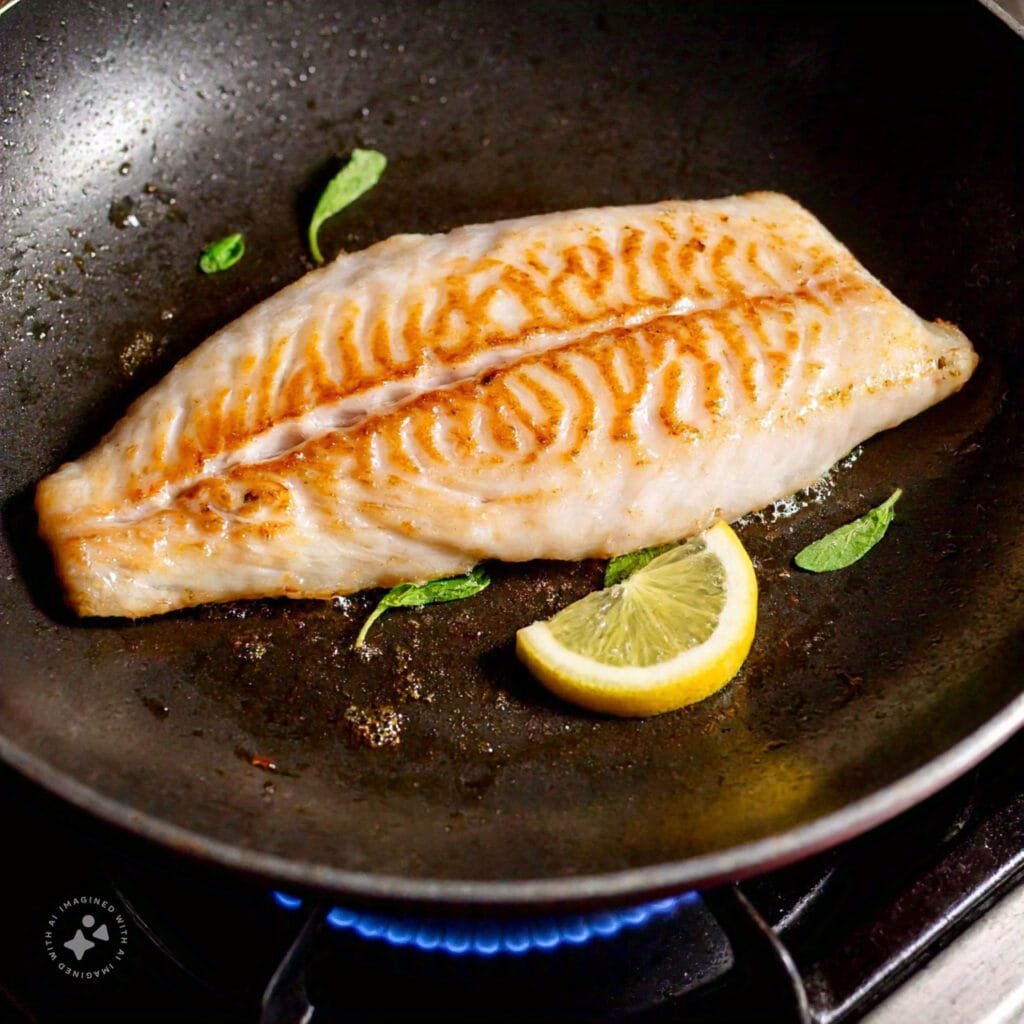
- Low Fat Content: Many fish have very little fat, making them prone to drying out quickly.
- Delicate Flesh: The flaky structure means fish falls apart easily, especially when mishandled during cooking.
- Variable Thickness: Fish cuts are rarely uniform, so some parts cook faster than others.
Throw in the wide variety of fish available—each with its unique characteristics—and you’ve got a recipe for frustration. No wonder even seasoned chefs occasionally struggle with getting it just right.
The Science Behind Cooking Fish Perfectly
To understand why certain fish are more challenging to cook, let’s talk about the science. Fish proteins, unlike those in meat, coagulate (firm up) at lower temperatures. This process begins at around 120°F (49°C) and continues until about 140°F (60°C).
Here’s what happens during cooking:
- At Low Heat: The fish remains tender and moist.
- At Medium Heat: Proteins firm up, giving you that perfect, flaky texture.
- At High Heat (Overcooked): The moisture evaporates, leaving you with dry, tough fish.
The window between perfection and failure is tiny—sometimes less than a minute! That’s why you need to keep a close eye on the temperature and cooking time when working with fish.
As Chef Thomas Keller once said:
“The key to cooking fish is to treat it gently. Respect its natural flavor and structure.”
Factors That Make Some Fish Harder to Cook Than Others
Not all fish are created equal when it comes to cooking. Some are far trickier to prepare because of their unique textures, oil content, or physical structure. Here’s a breakdown of the main factors that make certain fish a nightmare for home cooks and chefs alike.
Texture and Delicacy of the Flesh
Fish like halibut, cod, or flounder have extremely delicate flesh. They flake apart at the slightest touch, making it difficult to handle or flip them during cooking. One wrong move, and your beautiful fillet could disintegrate in the pan.
High Oil Content or Lack of Fat
Some fish, like tuna and swordfish, are naturally lean, which means they dry out super fast if you’re not careful. Others, like salmon or mackerel, are rich in oils that require precise heat to avoid turning greasy or mushy.
Irregular Shape and Size
Fish fillets rarely come in uniform thickness. If one end of your fish is thicker than the other, the thin side will overcook before the thick side is done. This makes timing incredibly tricky, especially when cooking large fish like halibut or monkfish.
Common Mistakes When Cooking Fish
Before we reveal the hardest fish to cook, let’s address the most common mistakes people make when preparing fish. These errors are often why even simple fish dishes go wrong.
- Overcooking the Fish: Fish cooks quickly, and leaving it on the heat just a bit too long can turn it dry and unpalatable.
- Not Using the Right Tools: A flimsy spatula or the wrong pan can easily damage delicate fish.
- Skipping the Prep: Not patting the fish dry before cooking can cause it to steam instead of sear.
- Ignoring the Temperature: Fish should be cooked to an internal temperature of 145°F (63°C) but can be removed earlier as it continues to cook off the heat.
- Not Letting the Fish Rest: Just like steak, fish needs a minute to rest to lock in moisture and flavor.
“Cooking fish is all about precision and timing. Think of it as a balancing act—too much heat or time, and you lose the magic.”
What is the Hardest Fish to Cook?
Now, let’s get to the heart of the matter—what is the hardest fish to cook? While every chef might have their own personal nemesis, certain fish stand out for being particularly challenging.
Pufferfish: The Ultimate Culinary Challenge
Pufferfish, also known as fugu, isn’t just hard to cook—it’s downright dangerous. Native to Japanese cuisine, this fish contains lethal toxins that can kill if not prepared correctly. Only certified chefs are allowed to cook it, as even a tiny mistake could turn a meal into a tragedy.
Preparing pufferfish is not about technique alone—it’s about survival. If you’re not trained, don’t even think about trying this at home!
Monkfish: Tough Texture and Preparation Hurdles
Monkfish is sometimes called the “poor man’s lobster” because of its meaty texture. However, it comes with its own set of challenges. The flesh is tough and rubbery if overcooked, and cleaning the fish itself is no easy task.
Many cooks struggle to balance the monkfish’s dense texture with the right level of tenderness. Plus, its appearance is far from appetizing, which can throw off home cooks.
Swordfish: Drying Out During Cooking
Swordfish steaks are thick and lean, which makes them prone to drying out. It’s a fish that demands constant attention, as even slight overcooking can turn it from juicy and flavorful to a tough, cardboard-like disappointment.
Halibut: Fragile Texture Issues
Halibut is beloved for its mild flavor, but it’s incredibly delicate. Overcooking causes it to lose moisture rapidly, leaving it dry and lifeless. Handling it can also be tricky since it flakes apart easily, especially when flipped in a pan.
Tuna: Balancing Perfect Doneness
Cooking tuna to perfection is an art form. A perfect seared tuna steak should be crispy on the outside and pink and tender in the center. However, it’s easy to overcook tuna, leaving it dry and grainy. Timing and temperature are critical.
Cooking Techniques for Challenging Fish
When it comes to cooking difficult fish, using the right technique can make all the difference. Each method brings out the best in the fish’s texture, flavor, and appearance. Below, we’ll dive into the most reliable cooking techniques for handling those tricky cuts and delicate fillets.
Poaching: Gentle and Effective
Poaching is one of the safest ways to cook delicate fish like halibut or cod. By simmering the fish in liquid—such as water, broth, or milk—you maintain moisture and avoid overcooking. Since the heat is low and even, there’s little risk of the fish falling apart.
Steps to Poach Fish Successfully:
- Use a flavorful liquid, such as a light stock, wine, or infused water.
- Keep the temperature just below boiling (around 160-180°F).
- Submerge the fish gently and cook until the flesh is opaque and flakes easily.
Poaching is like wrapping the fish in a cozy, warm blanket—it cooks softly and retains all its moisture. Plus, it’s almost foolproof!
Grilling: A High-Stakes Method
Grilling fish can be intimidating, especially with firm cuts like swordfish or delicate fillets like flounder. The direct heat and open flame add incredible flavor but can quickly turn fish into charred or dried-out pieces.
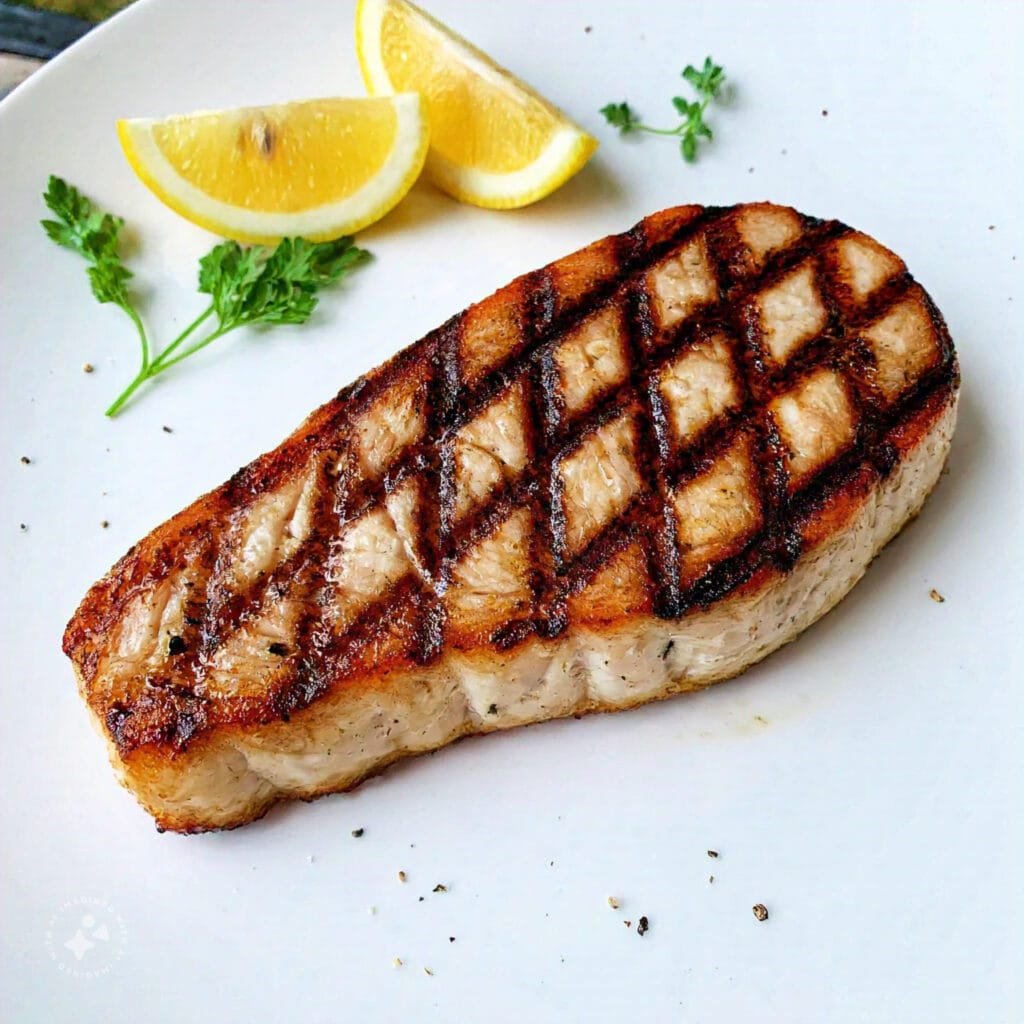
To grill fish successfully:
- Use a clean, well-oiled grill to prevent sticking.
- Preheat the grill to medium-high heat.
- Grill firm fish steaks (like swordfish or tuna) directly on the grates. For delicate fish, use a grill basket or foil.
- Cook for a few minutes on each side—don’t overdo it.
Grilling fish feels like walking a tightrope—you need perfect timing and control. But when you get it right, the smoky flavor and crispy edges are worth the effort.
Pan-Searing: Achieving the Perfect Crust
Pan-searing is a go-to method for cooking fish like tuna or monkfish. The goal here is to create a beautiful golden-brown crust while keeping the inside tender and juicy.
To pan-sear successfully:
- Pat the fish dry to remove moisture—this helps with browning.
- Heat oil in a skillet until it’s shimmering (not smoking).
- Place the fish skin-side down first (if it has skin) and press it gently to avoid curling.
- Sear for 2-3 minutes per side, depending on the thickness.
Pan-searing requires precision and confidence. A well-seared tuna steak, with its crispy exterior and rare center, is a culinary triumph.
Sous Vide: Precision Cooking
Sous vide cooking is a game-changer for fish, especially those prone to overcooking like halibut or swordfish. By vacuum-sealing the fish and cooking it in a water bath at a precise temperature, you ensure perfect results every time.
Advantages of sous vide:
- Consistent temperature eliminates the risk of overcooking.
- The fish remains tender, juicy, and perfectly cooked edge-to-edge.
- You can finish the fish with a quick sear for added texture.
Think of sous vide as a safety net—it guarantees the perfect cook, no matter how delicate the fish. If you struggle with timing or temperature control, sous vide is your best friend.
Tools and Equipment for Cooking Delicate Fish
Having the right tools can make cooking difficult fish far less stressful. Here’s a list of must-have equipment to help you succeed:
- Non-Stick Skillet: Prevents delicate fish from sticking and breaking apart.
- Fish Spatula: A thin, flexible spatula designed for flipping fragile fillets without damaging them.
- Meat Thermometer: Ensures the fish is cooked to the ideal internal temperature (145°F).
- Grill Basket: Keeps delicate fish intact on the grill.
- Vacuum Sealer and Immersion Circulator: Essential for sous vide cooking.
- Parchment Paper: Useful for baking fish en papillote (in a paper packet).
Equipped with these tools, you’ll feel far more confident tackling even the trickiest fish recipes. As the saying goes:
“A chef is only as good as their tools.”
How to Avoid Overcooking or Undercooking Fish
Overcooking and undercooking are the two biggest pitfalls when cooking fish. Luckily, with a few tips and tricks, you can nail the perfect texture every time.
Understanding Cooking Times
Cooking fish is all about timing. Since fish cooks quickly, even a minute makes a difference. Use this general rule:
- For every ½ inch of thickness, cook the fish for 4-5 minutes total.
For example, a 1-inch-thick piece of halibut should take about 8-10 minutes to cook through.
Using Thermometers and Visual Cues
A meat thermometer is your best tool for perfectly cooked fish. Aim for these internal temperatures:
- Medium-Rare: 120-125°F (great for tuna or salmon).
- Medium: 130-135°F.
- Fully Cooked: 140-145°F.
If you don’t have a thermometer, look for these visual cues:
- The flesh should be opaque and flake easily with a fork.
- Press the fish gently—it should feel firm but not hard.
Residual Cooking Heat
Fish continues cooking off the heat due to residual heat. To avoid overcooking, remove it from the pan, oven, or grill just before it’s done. Let it rest for a minute or two, and the heat will finish the job.
Tips for Preparing Difficult Fish Like a Pro
Cooking challenging fish doesn’t have to be intimidating. With a little practice and the right approach, you can turn even the trickiest fish into a culinary masterpiece.
Here are some pro tips to up your fish-cooking game:
- Start with Fresh Fish: Fresh fish is easier to handle and cook. Look for clear eyes, firm flesh, and a clean smell.
- Dry the Fish Thoroughly: Moisture prevents browning and causes sticking. Use paper towels to pat the fish dry before cooking.
- Season Simply: Let the fish shine! A sprinkle of salt, pepper, and a squeeze of lemon is often all you need.
- Use the Right Heat: For delicate fish, low to medium heat works best. For firmer cuts, you can use higher heat to develop flavor.
- Don’t Flip Too Early: Wait until the fish naturally releases from the pan or grill before flipping. If it sticks, it’s not ready yet.
Bonus Tip: Cooking fish in parchment paper (en papillote) is a foolproof method for delicate cuts. The fish steams gently in its own juices, ensuring moist, tender results.
The Importance of Sourcing Fresh, Quality Fish
No matter how skilled you are in the kitchen, the quality of the fish you start with will make or break your dish. Fresh fish is not only easier to cook but also tastes far better.
Here’s how to identify high-quality fish:
- Look at the Eyes: Fresh fish should have clear, bright eyes. Cloudy eyes indicate aging.
- Check the Smell: Fresh fish should smell clean, like the ocean—not “fishy.”
- Feel the Flesh: Press the flesh gently—it should bounce back, not leave an indentation.
If you’re buying fillets, look for moist, glossy flesh with no discoloration or drying. When in doubt, ask your fishmonger for recommendations—they’re the experts!
FAQs
What is the hardest fish to cook and why?
Pufferfish (fugu) is considered the hardest fish to cook because of the toxins it contains, requiring expert skill to prepare safely. Other fish like monkfish, swordfish, and halibut are difficult because of their unique textures and tendency to overcook quickly.
How do I prevent fish from sticking to the pan when cooking?
Make sure the fish is dry before cooking, and use a hot, well-oiled non-stick or cast-iron skillet. Wait until the fish naturally releases from the pan before flipping—this prevents tearing.
What’s the best way to cook delicate fish like halibut?
Poaching and sous vide are the best methods for delicate fish like halibut. Both techniques use gentle heat, preventing overcooking and keeping the fish moist and tender.
How can I tell when fish is perfectly cooked?
Perfectly cooked fish should be opaque and flake easily with a fork. For precision, use a thermometer—fish is done when it reaches an internal temperature of 140-145°F.
Why does fish fall apart when I flip it?
Fish is delicate and prone to breaking apart, especially if flipped too early. Let it sear properly on one side, and use a flexible fish spatula for gentle handling.
What’s the secret to cooking a perfect tuna steak?
The secret to a perfect tuna steak is high heat and timing. Sear the steak for 1-2 minutes per side to create a crispy exterior while keeping the center rare or medium-rare.
Conclusion: Mastering the Art of Cooking Fish
Cooking fish—especially the hardest ones like swordfish, monkfish, and halibut—can feel like a culinary Everest. But here’s the thing: like any other cooking skill, it’s all about patience, practice, and understanding the unique challenges each fish presents.
From delicate textures to low fat content, fish requires more precision and care than heartier proteins. Yet, when you master techniques like poaching, pan-searing, grilling, and sous vide, even the trickiest cuts become manageable. The reward? A tender, flavorful, and perfectly cooked dish that feels like a chef’s kiss. 👨🍳
Here’s a final tip to take with you: Don’t fear fish—respect it. Treat it gently, focus on timing, and don’t rush the process. Once you get the hang of it, you’ll find that cooking fish can be one of the most satisfying and rewarding experiences in the kitchen.
As the legendary chef Julia Child once said:
“The only real stumbling block is fear of failure. In cooking, you’ve got to have a what-the-hell attitude.”
So go ahead, take on the challenge of cooking those difficult fish, and wow your family and friends with your newfound expertise. After all, practice makes perfect—and that’s what great cooking is all about!
You might also like What to Eat with Gefilte Fish for Dinner?


